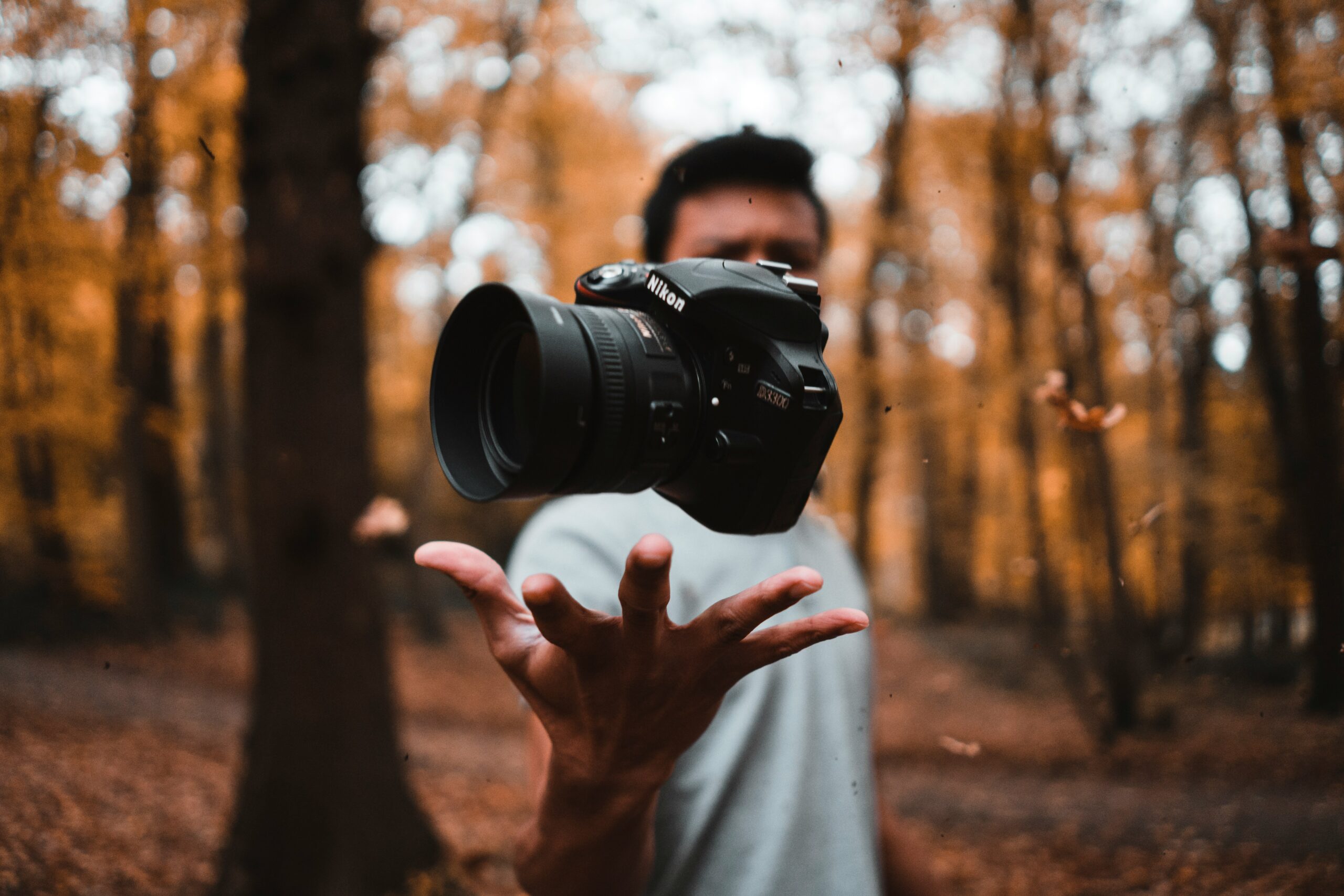
Portrait photography is one of the most popular and artistic genres in photography. It captures the subject’s essence, emotion, and personality, making it a powerful medium for storytelling. For beginners, learning portrait photography can be exciting and challenging, as it requires mastering technical skills while developing an artistic eye. This guide will walk you through the basics, covering essential tips, gear, and techniques to help you start your journey to creating stunning portraits.
Choosing the Right Gear
One of the first steps in portrait photography is choosing the right gear. While it’s possible to take great portraits with a smartphone, investing in a good camera and lens can make a noticeable difference in the quality of your images.
For beginners, a DSLR or mirrorless camera with manual settings is recommended. These cameras allow you to control important factors such as aperture, shutter speed, and ISO, which are crucial for achieving the best results in portrait photography. When it comes to lenses, a prime lens with a wide aperture (like a 50mm f/1.8) is ideal for portraits because it provides sharpness and beautiful background blur, also known as bokeh. This helps the subject stand out from the background, adding depth to your portraits.
Lighting equipment is another consideration. While natural light is fantastic and often preferred, having a reflector or an external flash can help you manage lighting in different conditions. Reflectors are affordable tools that can bounce light back onto your subject, softening shadows and enhancing the overall look of the portrait.
Mastering Composition
Composition is key to creating visually compelling portraits. Understanding the basic principles of composition will help guide how you frame your shots and position your subject. The most commonly used rule in photography is the Rule of Thirds. Imagine dividing your frame into a grid of nine equal parts and then placing the subject along one of the lines or at the intersection points. This creates a balanced and pleasing composition.
Another important aspect of portrait composition is paying attention to the background. A cluttered or distracting background can take the focus away from your subject. Opt for a simple background, or use a shallow depth of field (achieved by a wide aperture) to blur the background and make your subject the center of attention. Additionally, you can experiment with different angles and perspectives. Shooting from eye level is standard for portraits, but changing your angle—whether by shooting from above or below—can add variety and a unique touch to your images.
Understanding Lighting
Lighting plays a crucial role in portrait photography. Effectively using natural and artificial light will help you create more professional-looking portraits. The most flattering type of light for portraits is soft, diffused light. Harsh light, such as direct sunlight, can create unflattering shadows and highlights, so it’s often best to shoot during the “golden hour”—just after sunrise or before sunset, when the light is softer and warmer.
Position your subject near a window to use natural light if you’re shooting indoors. You can also use a reflector to bounce light onto the subject’s face, reducing shadows and brightening the overall image. Alternatively, you can experiment with artificial lighting setups. A popular option for beginners is a simple one-light setup using a softbox or umbrella, which diffuses the light and creates a soft, even glow on your subject.
Understanding how to use light to shape your subject’s features is also important. Side lighting can add drama and depth to a portrait by highlighting one side of the face while leaving the other in shadow, creating a moody effect. On the other hand, front lighting or flat lighting (where the light source is directly in front of the subject) provides a flattering, even, and balanced look for most portraits.
Engaging with Your Subject
One of the most overlooked aspects of portrait photography is the connection between the photographer and the subject. For a portrait to truly stand out, capturing genuine emotion and expression is essential. This often requires making your subject feel comfortable and relaxed in front of the camera.
Start by having a conversation with your subject before you begin shooting. This helps to break the ice and allows you to understand their personality, which you can then reflect in the portrait. Giving gentle direction during the shoot, such as asking your subject to slightly turn their head or change their posture, can lead to more flattering results. Be sure to provide positive feedback to build your subject’s confidence.
Candid shots can also capture natural expressions. Encouraging your subject to move around, laugh, or talk can help you capture authentic moments that result in a more dynamic and engaging portrait.
Post-Processing Tips
The final step in portrait photography is post-processing, where you enhance your images to bring out the best in them. While it’s important to get your shots as close to perfect as possible in-camera, editing allows you to fine-tune the details.
Adjust the exposure, contrast, and white balance to ensure your subject looks natural. You can also use editing tools to smooth out skin blemishes or imperfections, but be careful not to overdo it. Over-editing can lead to unnatural-looking portraits. Tools like Adobe Lightroom or Photoshop offer a range of features for editing photographs, from basic adjustments to more advanced techniques like dodging and burning to add depth and dimension.
Experimenting with color grading can also give your portraits a unique style. Whether you prefer warm tones for a soft, inviting look or cooler tones for a more dramatic effect, color grading allows you to set the mood of your portrait.
Portrait photography is an art that balances technical skills with creativity. By mastering the right gear, learning the basics of composition and lighting, engaging with your subject, and enhancing your images through post-processing, you can create stunning portraits that tell a story and evoke emotion. Whether shooting with natural light or using a more advanced lighting setup, practice, and experimentation are key to developing your style and honing your craft.